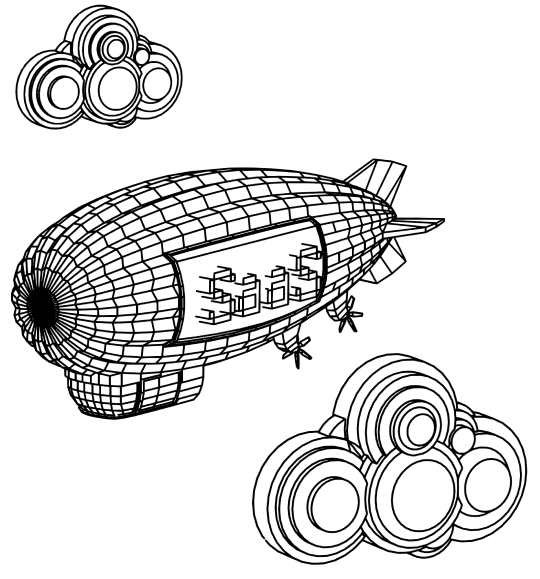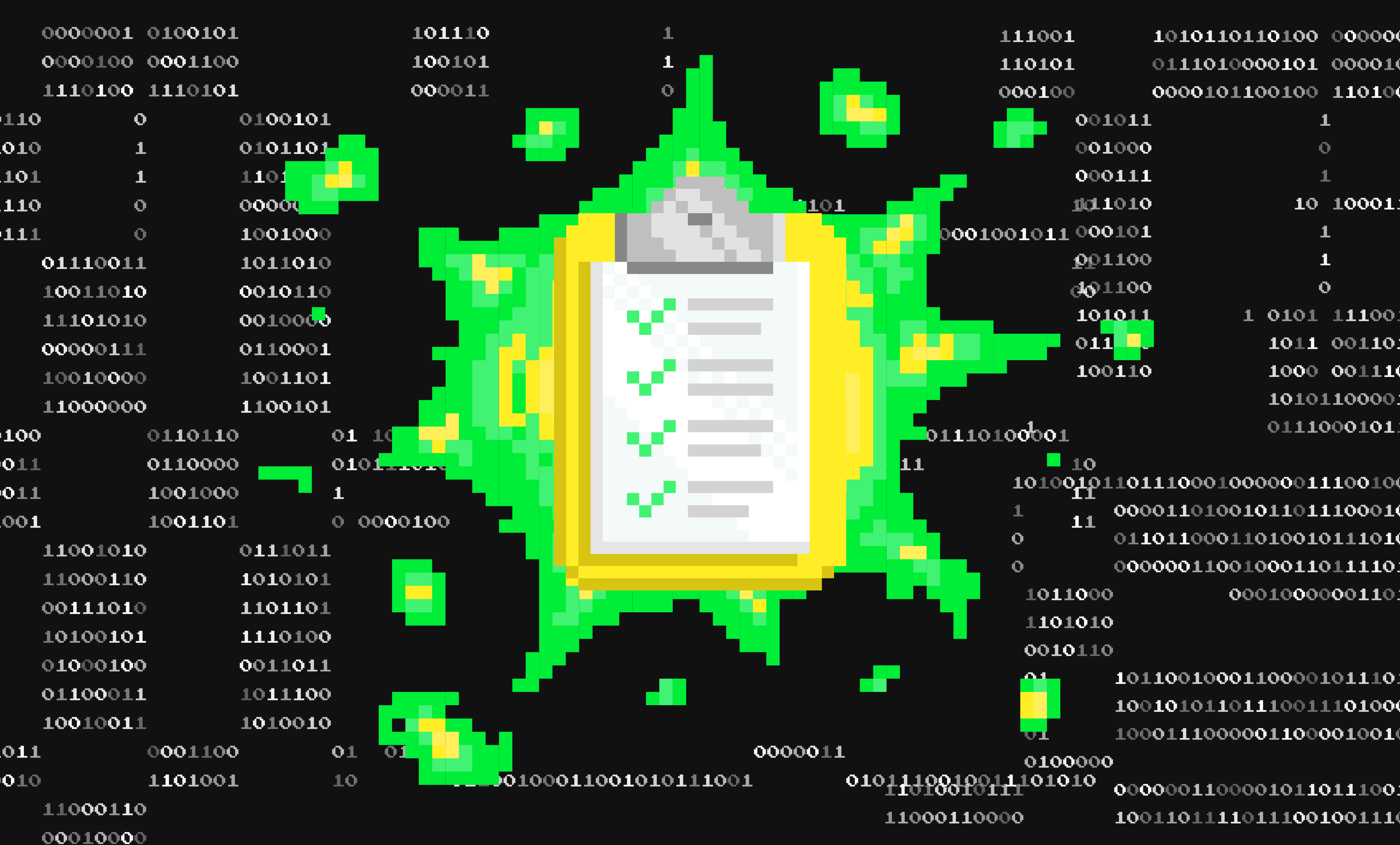Technology startups often face problems with the amount of data they measure and process, and lack of tools for its proper analysis. As we all know, data in raw form is difficult to interpret. However, its careful digestion is usually necessary to make reasonable business decisions.
In fact, data doesn't show any message unless it is presented it in the desired shape. Then, transferring it into a clear and understandable form is a must not only for early-stage startups but also developed organizations.
Then, if you're wondering how to present your data in a professional manner, you should catch a glimpse of D3.js functionalities.
What is D3.js?
D3.js, standing for Data-Driven Documents, is nothing else but JavaScript library for designing dynamic, readable and interactive data visualizations. It uses modern, widely implemented web standards like SVGs, HTML, CSS or Canvas.
D3 is an intuitive tool providing effective and customizable visualizations in nearly unlimited ways, regardless of the type and source of data. D3 products are dynamic and interactive in the browser and allow to manipulate with elements flexibly in the context of the used data.
Then, it enables the user to present information in a visually appealing way with full control over the data selection process.
Why use D3.js?
D3.js might be useful particularly for early-stage startups applying for their first grants. Memorable presentations tend to be crucial to convince founders and investors, and properly transformed data is able to communicate any message or insight that is desired to be expressed.
D3 is a tool that allows not only to present the numbers in a readable form but also to compare them, generate reports, deeply understand the rules and patterns, what positively affects making business decisions and supports bespoke development of the organization.
D3.js functions
Visualizations prepared with D3.js are not only effective, aesthetic and understandable but also interactive. Due to high dynamic properties, users can analyse the presented information selectively in a digestible and intuitive way.
Charts and diagrams created in D3 can also adjust to changes applied in the source data, so they update themselves automatically with no additional effort or coding.
The next remarkable functionality of D3 is a wide possibility to integrate visualizations into various websites and mobile apps, even those using different JavaScript frameworks.
Working with SVGs allows receiving scalable, resolution-independent and SEO friendly images. The process of visualization development can be fully controlled and customized in the desired way.
D3 is also able to cope with large datasets and work fast and error-free, regardless of their dimensions.
What can you use D3.js for?
The D3.js library can be used for creating full presentations of arbitrary data by transforming them into various visual forms: diagrams, charts, maps, product roadmaps and more.
Depending on your needs, you can present the same data in multiple ways – each time interesting, practical and understandable. All of the creations can effectively interact with the user, providing not only readable and digestible data but also a memorable visual impression.
Moreover, D3 offers a huge space for introducing own preferred attributes and styles, usually specified as functions of the data, so all the developed projects can be highly customized and adjusted to design of the website, presentation or app where they're gonna be placed.
To have the idea of how D3 visualizations look in practice, check out this website to see a bunch of intriguing examples.

Case Study
We used the D3.js library to carry out a project for the New Economy Forum held in Singapore in November 2018. We were approached to develop a software for interactive data visualization by a research company - Schema.
The scope of our work included presenting video installations on custom pillars, preparing interactive maps on Microsoft Surface Hub's touch screen and rendering them, optimizing the performance of an application enabling user interactions via touch screen and synchronizing multiple screens.
D3.js was one of the tools used for completing the task, and it provided an effective and customized visualization of the data delivered by our partner.
How can you use it in your projects?
Are you wondering if D3 can be helpful for your technology startup? Then, go straight to our website to check out more outcomes from working with this technology.
No matter if you wish to develop a mature organization or start an early-stage startup, feel free to contact us – we will assist you on searching for optimal ways to use D3.js for your projects and help you develop your customized D3 solutions.






















